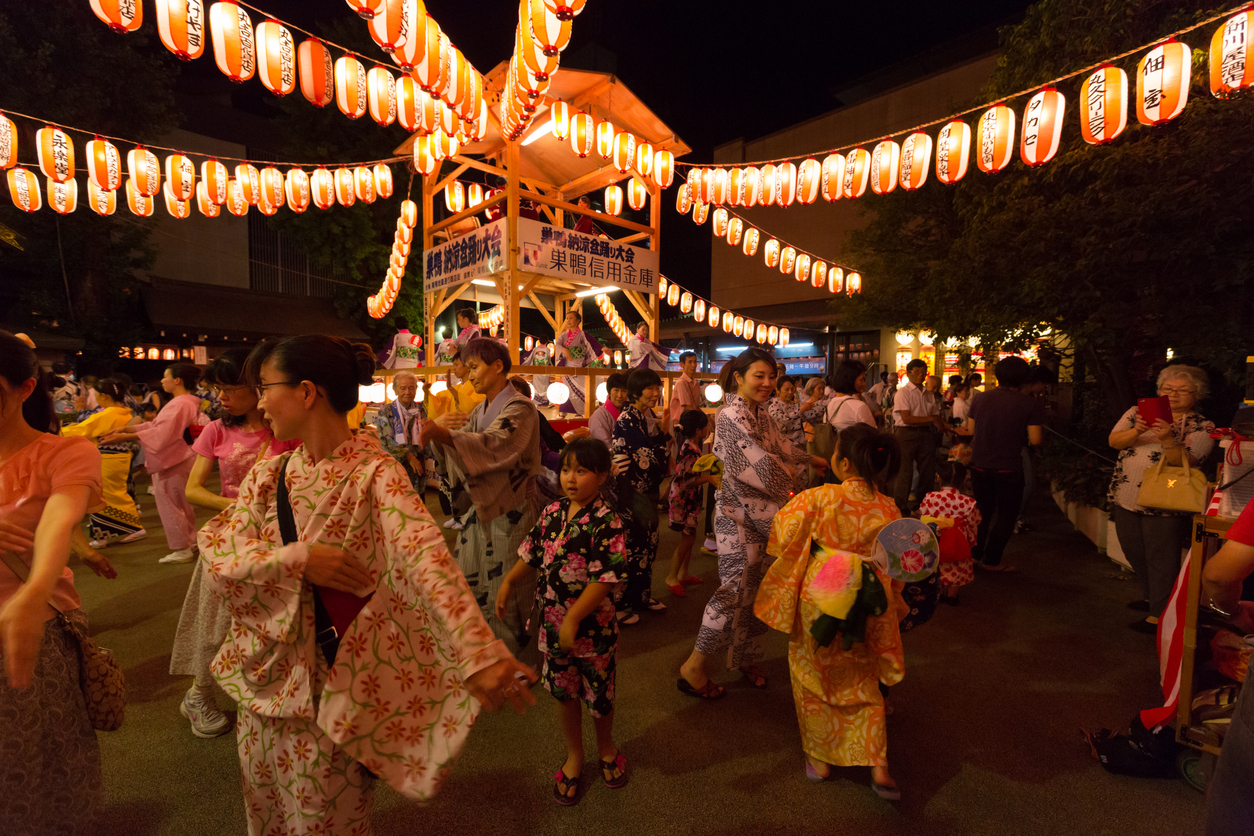Kyouto, the historical heart of the Land of the Rising Sun, is a town steeped in abundant tradition and long-standing customs. Among its numerous wonders, the vibrant festivals stand out as a testament to the city's enduring legacy and collective spirit. From the grand procession of Aoi Festival to the spectacular decorations of Gion Festival, each event offers a unique glimpse into the captivating cultural tapestry that characterizes this ancient capital. These festivals not only showcase the artistry and craftsmanship of the local community but also connect generations by honoring traditions passed down through the centuries.
As the seasons change, Kyoto comes alive with the melodies, visuals, and smells of its festivals, each reflecting the intrinsic principles and traditions of the community. explore site and inhabitants alike eagerly await these events, which are not merely occasions but a way to immerse oneself in the essence of Kyoto's culture. Whether joining in the elaborate events or marveling at the lovely attire, one is invited to engage in the spirit of Kyoto, making memories that echo the city's vibrant past and promising future.
The Significance of Gion Matsuri
Gion Matsuri is one of the most celebrated celebrations in Kyoto, taking place annually in the month of July. Its origins go back to the 9th century as a purification ritual to placate the deities during a plague. Over the years, it has transformed into a magnificent festival featuring colorful floats, traditional music, and performances, deeply ingrained in Kyoto's cultural heritage. The festival not only highlights the city's artistic skills but also acts as a reminder of its history and enduring customs.
The main event of Gion Matsuri is the procession of floats, referred to as yamaboko, which move through the streets of Kyoto. These floats are intricately designed and symbolize distinct neighborhoods of the city, with each exhibit showcasing individual craftsmanship and historical significance. The event attracts thousands of visitors, both local and international, who come to admire the artistry and join in on the festivities. This community spirit strengthens the bonds among residents and keeps the cherished traditions alive.
Moreover, Gion Matsuri plays a crucial role in the preservation of Kyoto's culture. It provides a platform for the local to come together, honor their cultural identity, and hand down traditional practices to next generations. The festival underscores the significance of rituals and practices in maintaining the spirit of Kyoto, making it an integral part of the city's cultural fabric. Through Gion Matsuri, the heritage of Kyoto's rich heritage continues to prosper.
Aoi Matsuri: A Celebration of Nature
The Aoi Matsuri, held each year on the 15th of May, is a great Kyoto's most important festivals, firmly established in the city’s ancient traditions. The festival has its roots back to the sixth century as a ritual to secure a rich harvest and appease the deities of nature. The name "Aoi Matsuri" refers to the hollyhock plant, which is visibly present in the festival's ceremonies, symbolizing prosperity and good fortune. This relationship with nature is central to the celebration, showcasing the close relationship between Kyoto's citizens and their environment.
The festival starts with a splendid procession known as the "Sanbō-sai," where participants put on colorful traditional costumes reminiscent of the Heian period. The route from the Imperial Palace to the Kamo Shrines is filled with spectators eager to witness the elaborate display. Floats adorned with lush greenery and flowers honor the natural beauty that the festival commemorates. The meticulous preparation and the respect shown during this procession encapsulate Kyoto's vibrant cultural heritage and devotion to preserving its traditions.
At the center of Aoi Matsuri is a deep appreciation for Kyoto's scenery. The rituals performed during the festival are meant to venerate the gods that watch over the crops and wildlife in the region. This reverence for nature reflects the significance of Kyoto's festivals, which frequently combine religious beliefs with the changing seasons. As the city showcases its devotion to these traditions, Aoi Matsuri stands as a reminder of the importance of nature in Japanese culture, making it a remarkable experience for residents and guests alike.
Influence of Kyoto Festivals
The festivals of Kyoto function as a vibrant expression of the city's beautiful cultural heritage and traditions. Each occasion, whether it be the Gion Matsuri or Aoi Matsuri, displays the complex rituals, performances, and artistic expressions that have been passed down through generations. These gatherings not only recognize Kyoto's historical significance but also promote community bonding among residents and visitors alike, supporting a sense of identity and belonging.
Engaging with Kyoto's festivals provides people to interact with the local customs and artistic endeavors, fostering a deeper understanding for the city's cultural landscape. The elaborate floats, traditional attire, and performances highlight the craftsmanship and creativity inherent in Kyoto's culture, serving as a dynamic showcase for both locals and tourists. This immersive experience encourages an understanding of antiquated practices while also promoting their relevance in contemporary society.

Furthermore, the economic impact of Kyoto's festivals cannot be ignored. These events draw in thousands of tourists each year, boosting local businesses and encouraging the preservation of traditional crafts and foods. The influx of visitors provides an occasion for the community to exhibit its unique culture and traditions, while also guaranteeing that these festivals remain a vital aspect of Kyoto's identity for future generations.
